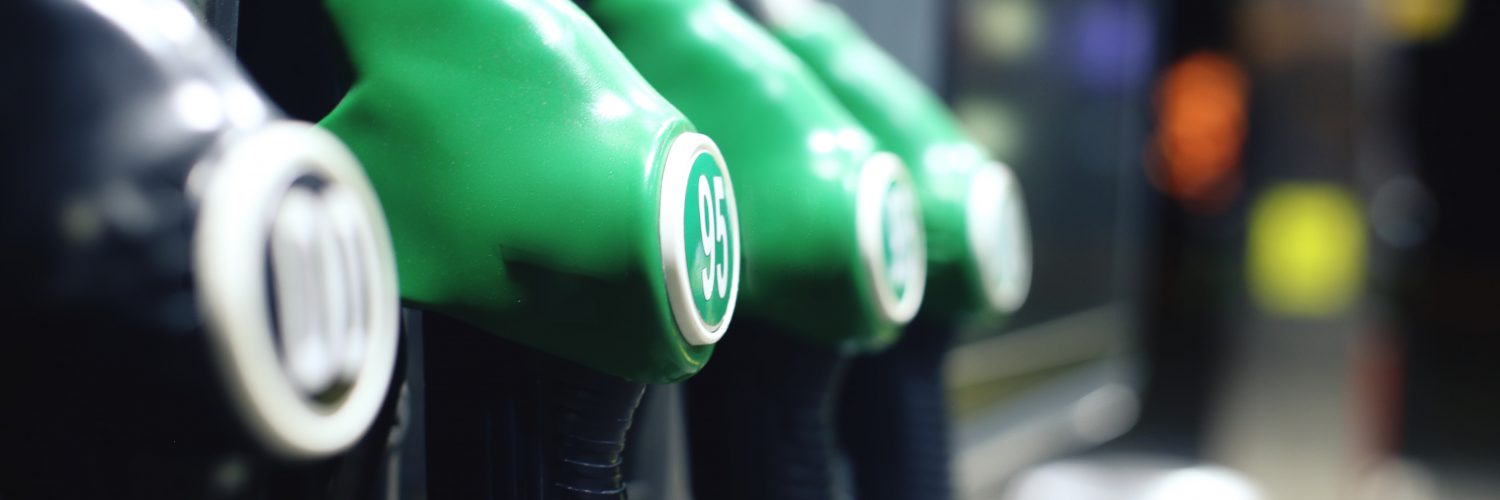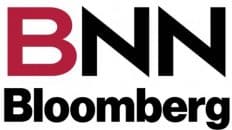With the 2020 Olympic games now over, another game relentlessly continues with the quest for the gold medal in politically driven economic whack-a-mole!
There are a number of moles to take a swat at as far as our leaders are concerned.
The key target right now, I believe, is to permanently knock out the current pandemic and the chances of another virus randomly popping up anywhere that may be the death knell for any sustained localized or even global recovery.
For over 16 months, the consumer has been hiding behind a COVID curtain, waiting out the storm.
Figuratively speaking, the curtain was cautiously drawn back, at first, just for a peek, and has now been thrown fully open with the success of the vaccination rollouts that seem to be dampening the spread of the virus.
Ironically, we are now seeing side effects to the resultant tentative economic recovery — especially when we look at the pump and rack prices of gasoline and diesel. With the consumer back on the road driving anywhere they want to, and manufacturing out of cold storage, we now have a situation where demand is far and away out pacing, if not lapping, supply.
How can the government on the one hand vow, and vow again, to reduce emissions by applying a carbon tax as we do in this country, while the largest energy consumer in the world, our neighbour to the south, doesn’t have anything like that on their environmental dance card? For that matter, they’ve never had any cards!
Why you may ask?
Because, like it or not, fossil fuels drive the U.S. economy.
Gasoline pump prices, like it or not, sustain political lifelines.
And, like it or not, it is pump prices, not electricity rates that get the attention of those in power. Granted that may change in the near-term future, but the future is not now.
NOW is record high gasoline and diesel prices that have forced the U.S. government to twist OPEC’s arm and ask for increased supply of crude to lower the optic glare of pump prices.
What blinds my light is the fact that the Biden administration shut down the Keystone XL, which would have added reliable supply of over 800,000 bpd of crude to U.S. Gulf coast refineries.
Instead, that same daily volume of heavy crude is, as we speak, being imported from the new good buddy of the U.S.: Russia!
Hard to whack-a-mole when you can’t find the hammer or the mole.
– Roger McKnight – B.Sc., Senior Petroleum Analyst








Add comment